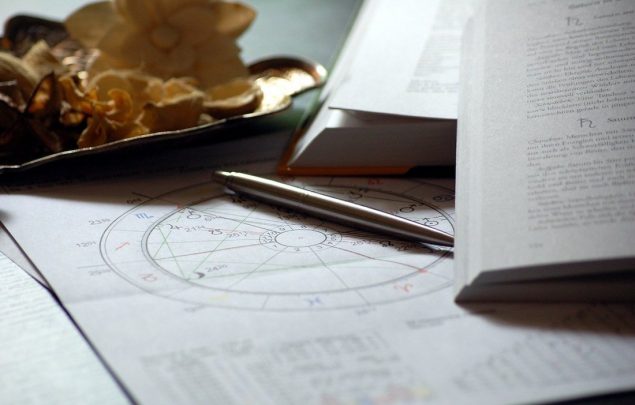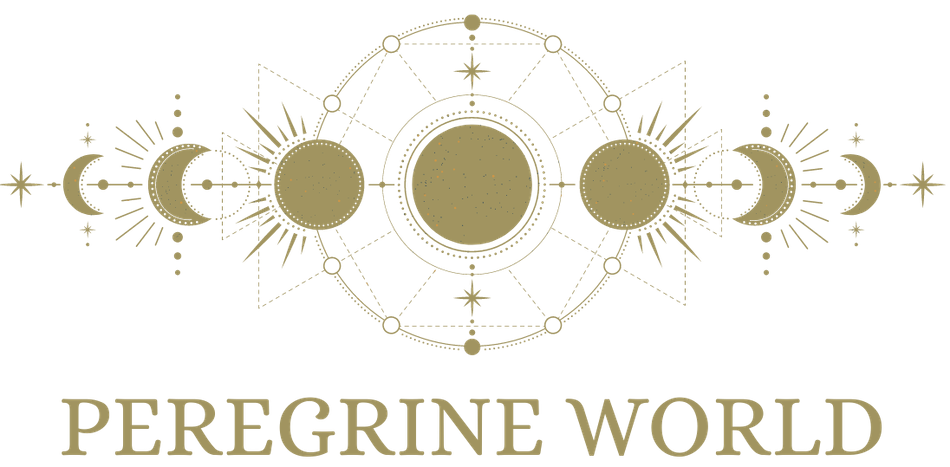
Before getting into analyzing transits, I would like to mention a few essential rules. First of all, we need to know how the natal chart looks like. In case if you are not sure of the exact time of your birth, for best results, I suggest having it rectified. This is an essential step because each natal chart shows a cluster of skills/abilities, which we call the individual’s potential. The potential of the natal chart is the seed waiting to grow. As the planets continue their journey from the birth moment and make their way around the chart, allowing the natal planets to further develop their meaning and potential with each passing transit or symbolic movement. Therefore, with forecasting techniques, we are watching the potential become actual; it allows us to see the journey of a person’s life through the medium of the planetary cycles.
On the other hand, it’s essential to know the correct orbs for transits. An orb of 1-degree applying and 1 degree separating is suggested. For Lunations & Eclipse is 1 degree 30’ (conjunction from lunations/eclipses to natal planets & angles). Additionally, the standard orbs for Solar Return are 5 degrees for conjunction, opposition, square, trine; 3 degrees for sextile; 1-degree Sesquiquadrate, semi-square, semi-sextile and Quincunx. Moreover, it’s important to understand that in practice, most transits of the slower-moving planets to natal planets and sensitive points can be sensed long before they have got this close, and often long after too, when they have moved away from exactitude.
However, it is possible to determine the transits for any given point of time quickly and just by consulting an ephemeris for the period in question.
Finally, every planet is fixed in a particular sign, degree, and house at the moment of birth. Every planet has its own orbital period during which it will transmit the entire birth chart, for instance, one month for the Moon, approximately 12 years for Jupiter, 84 years for Uranus, 165 years for Neptune, or 248 years for Pluto. Every planet, therefore, describes its own cycle in relation to itself, returning eventually to its natural position in the birth chart. To understand the influence of any planets, take into consideration the Planetary Cycles. There are two main phases in any cycle: The Waxing Phase and The Waning Cycles. Each of which is very different in its basic orientation and expression.
All in all, because each chart is unique, each period under review will be unique.


